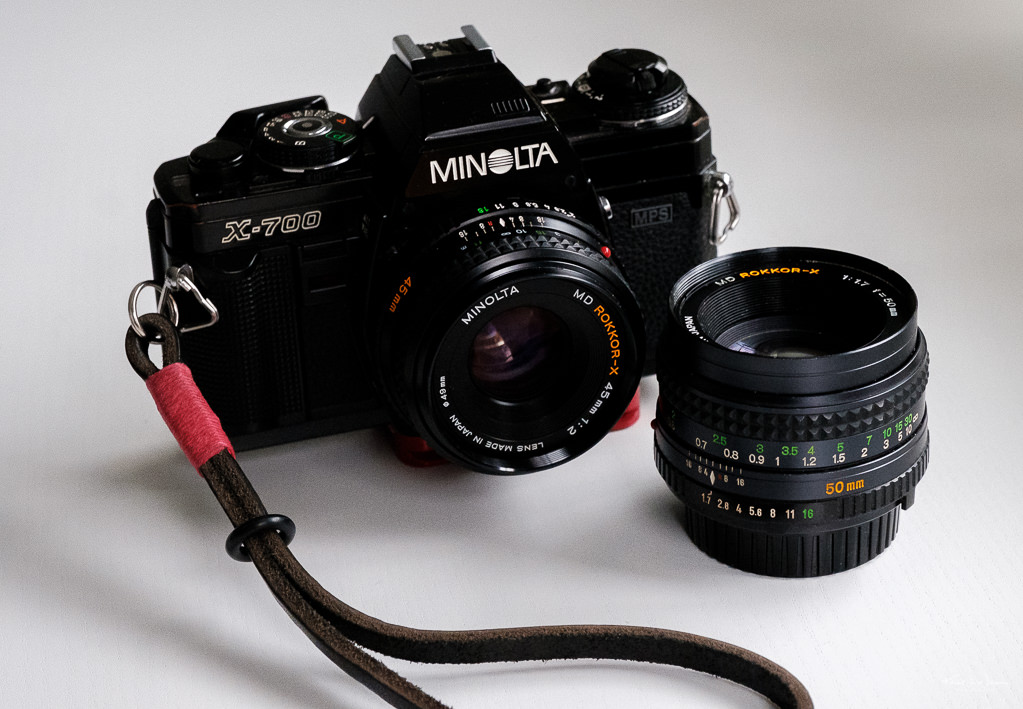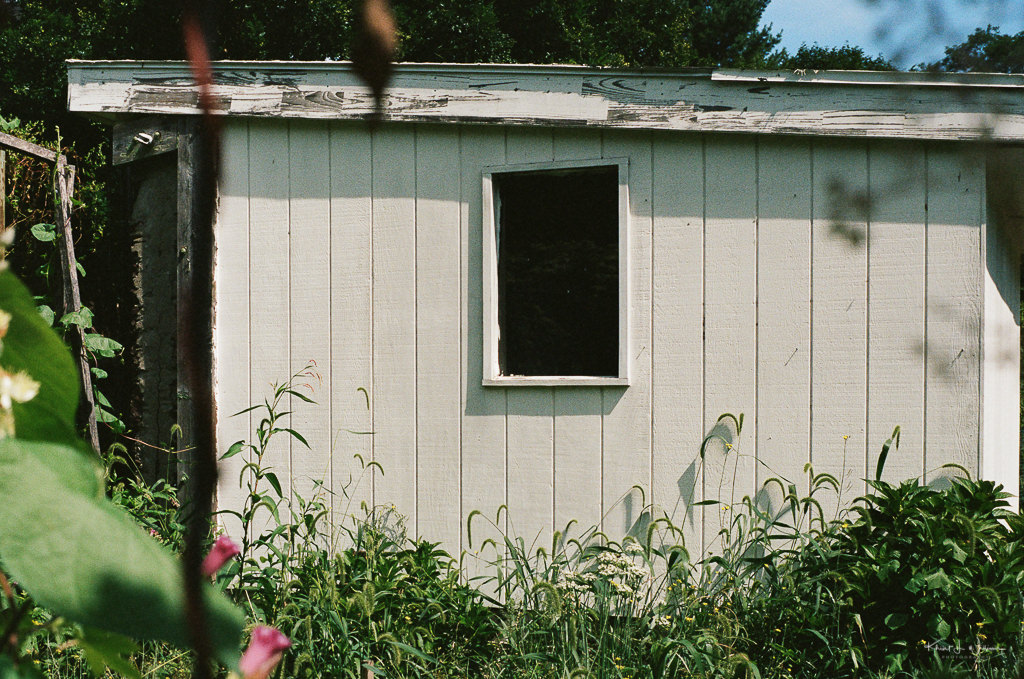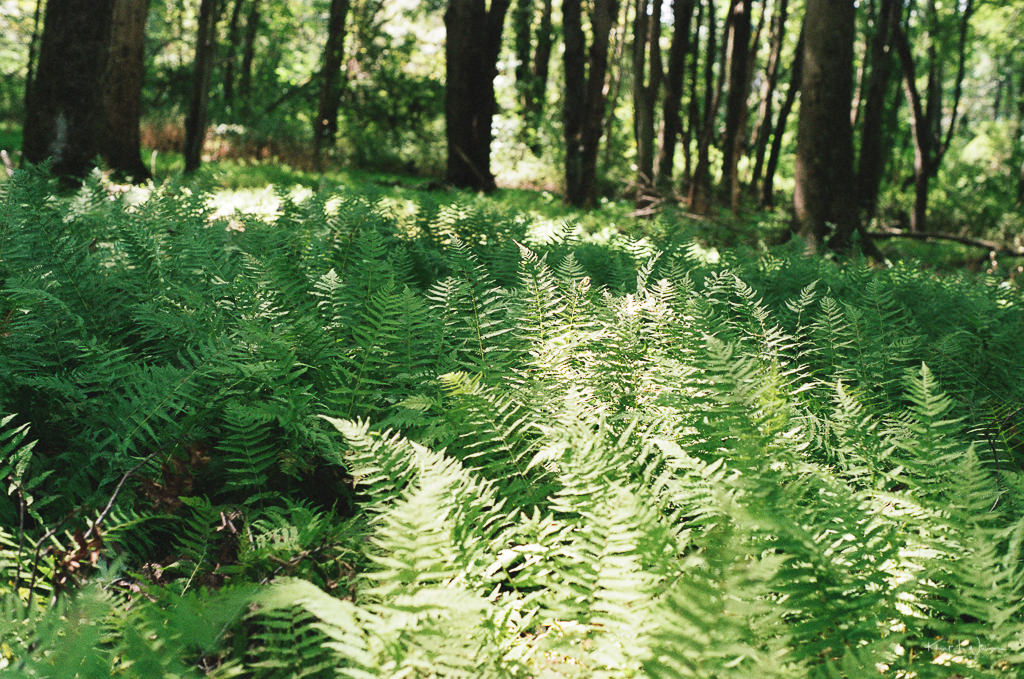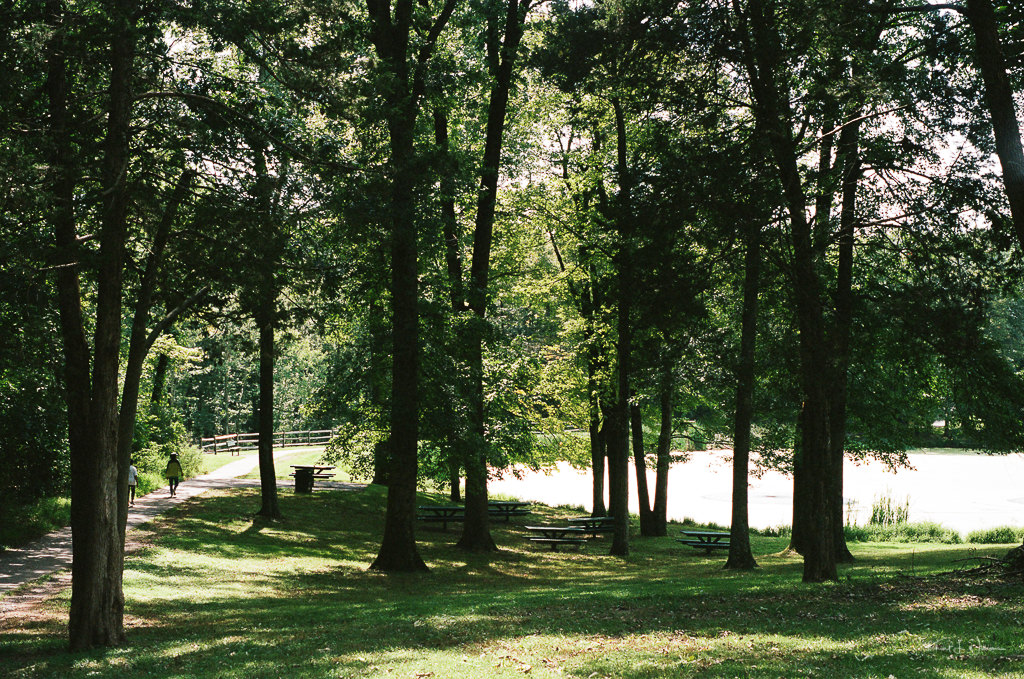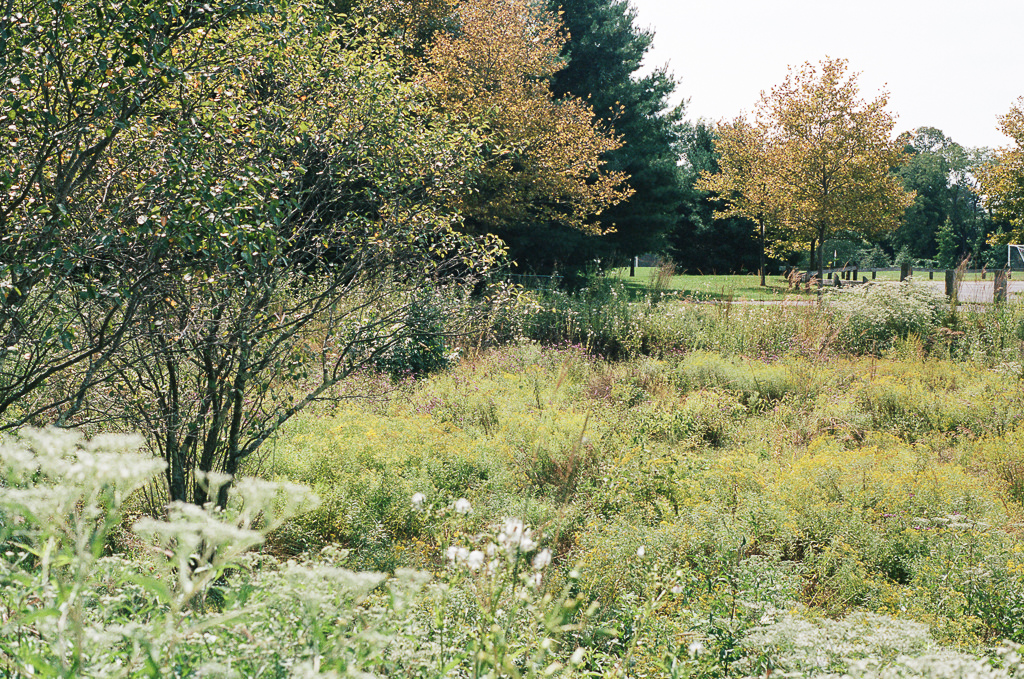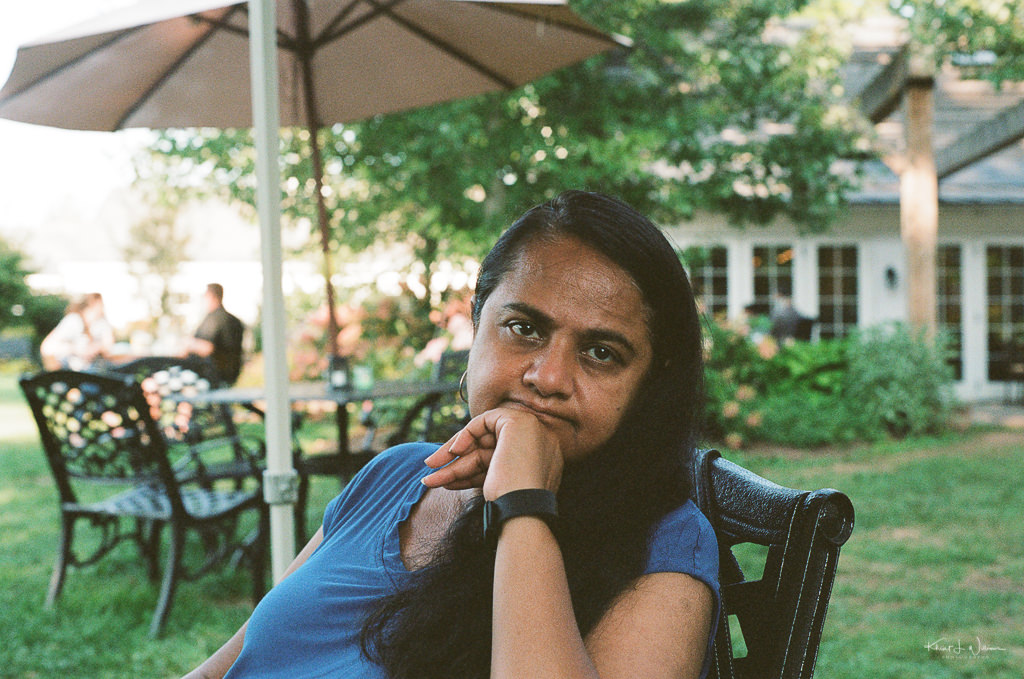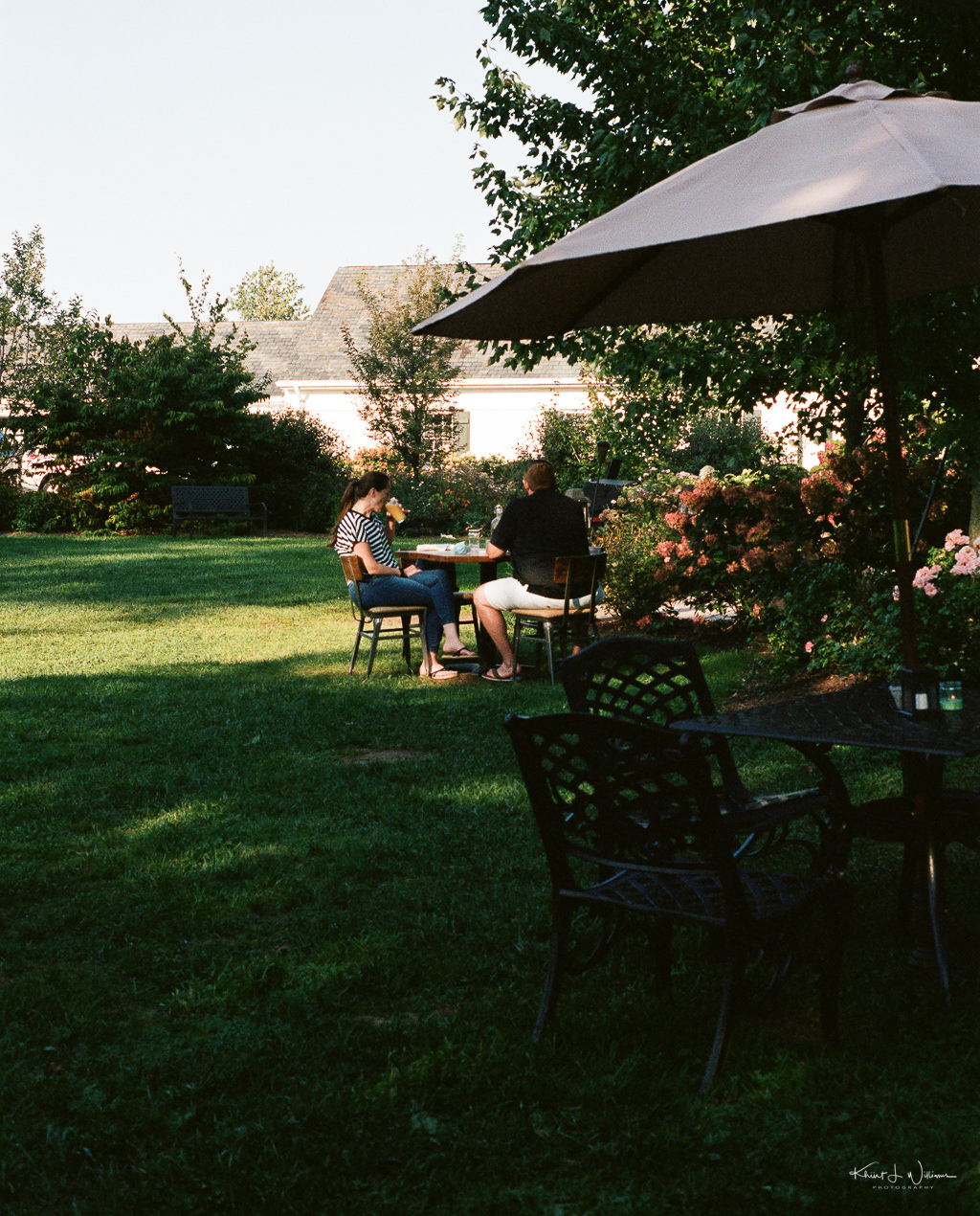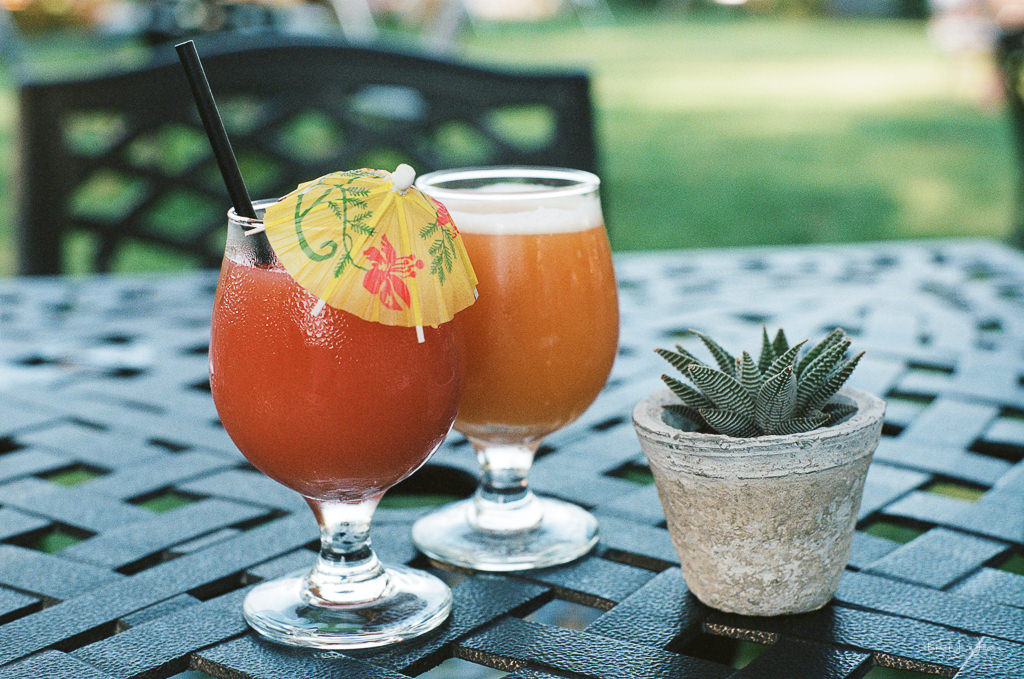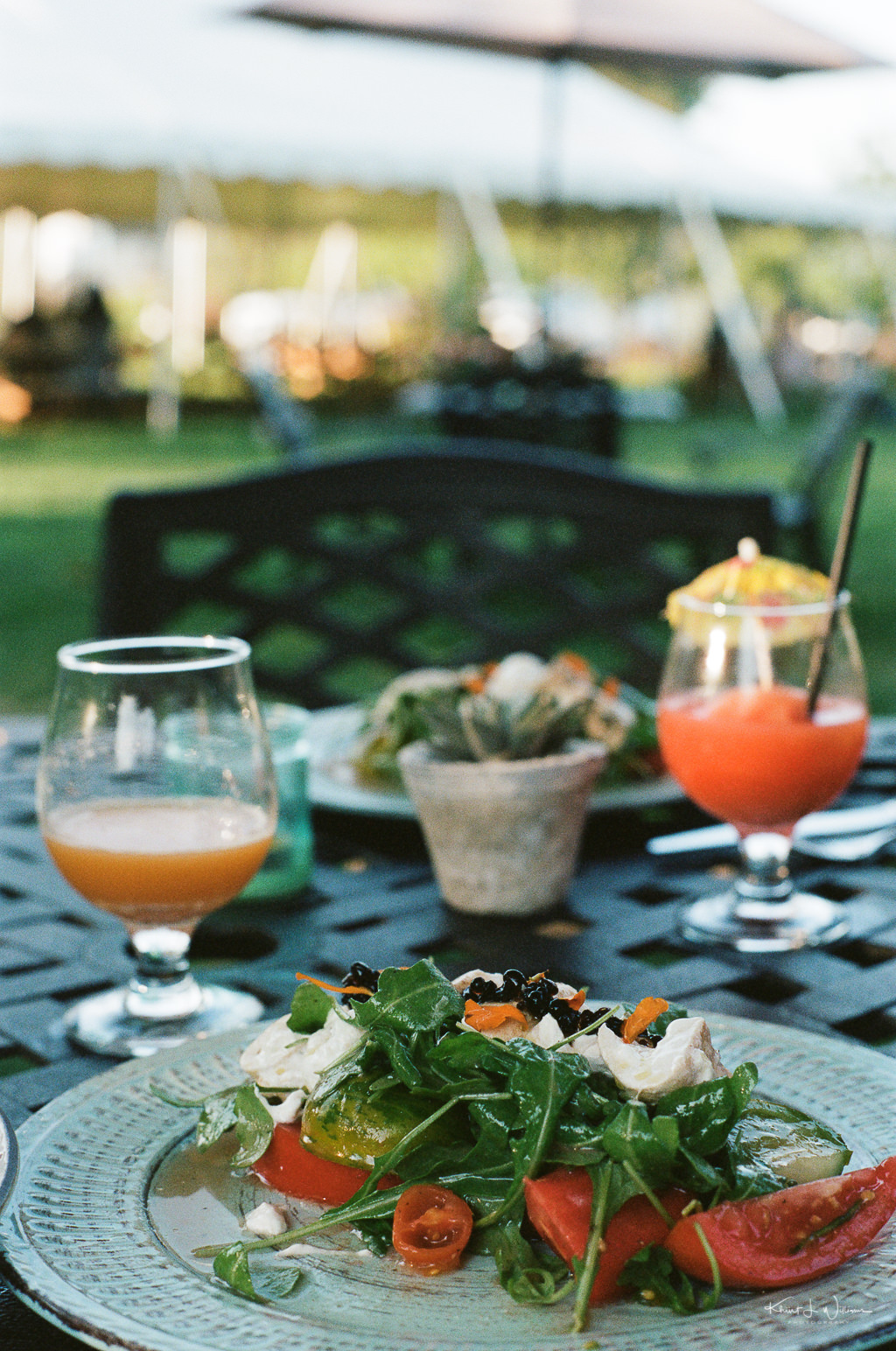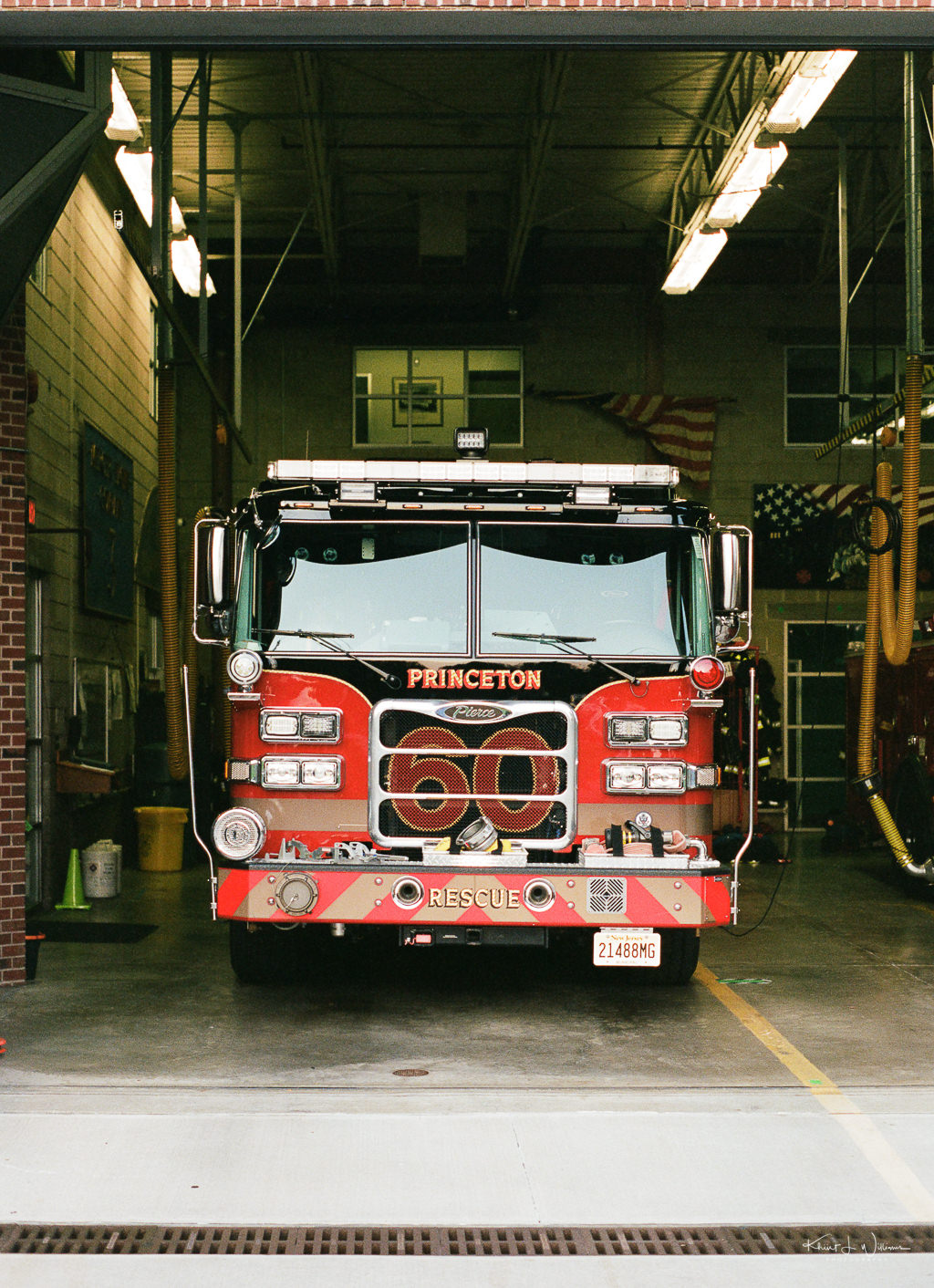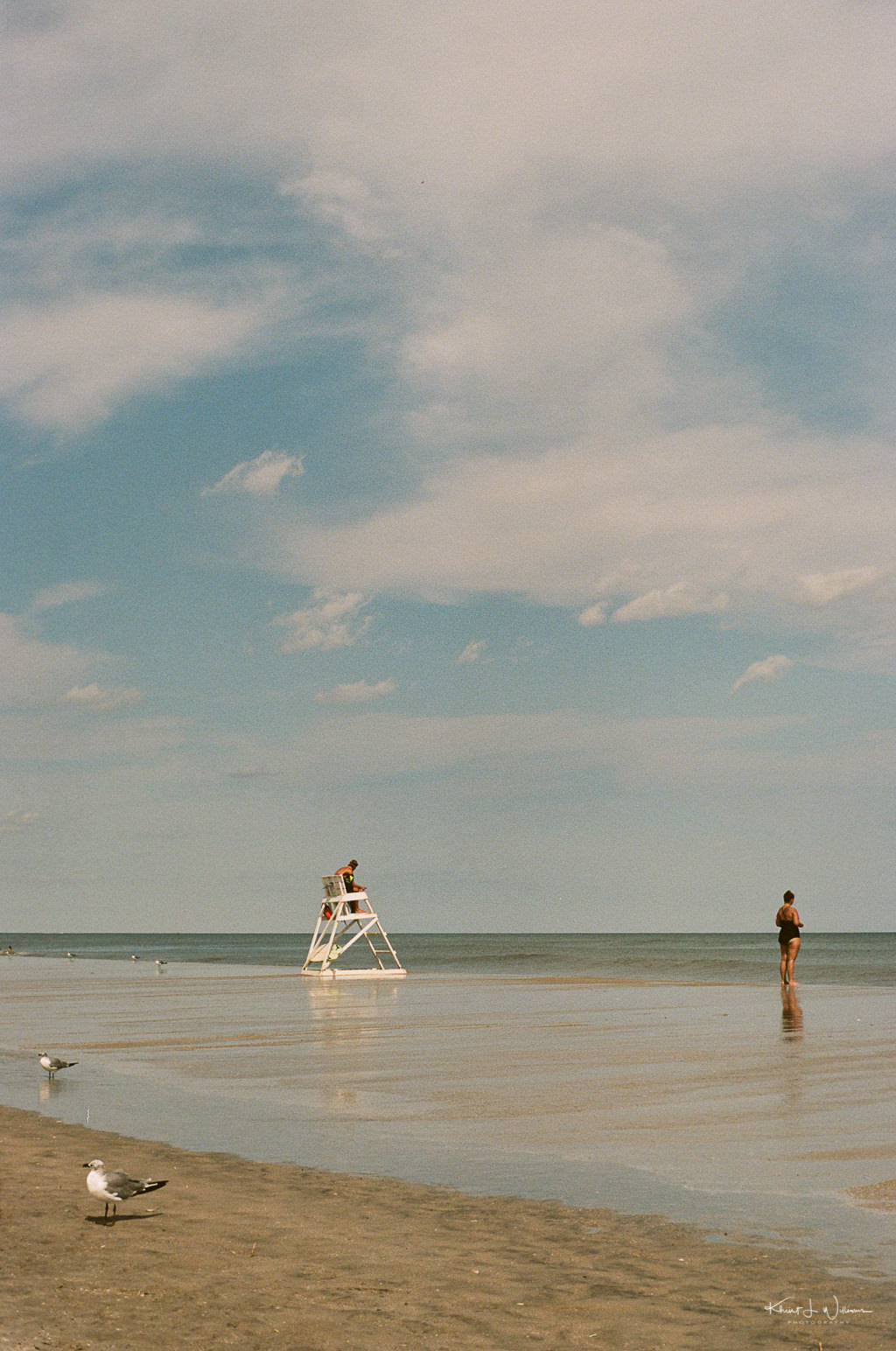Last summer I bought a Minolta X-700 from a downsizing retiree. When I picked up the camera, she gushed about her love of the camera and wanted it to go to someone would appreciate it. She shared with me some of the photographs she had taken with the camera over the year. We talked about my photography and the beautiful things I had photographed in the woods behind her home.
As we talked, I realised that I was not buying a camera. I was adopting a family member. I promised to make fair use of her cherished camera. I walked away with an X-700, an MD Rokkor-X 50mm f/1.7, Auto Electroflash 132X, a Electroflash 20 Ultra Compact flash, and a Vivitar zoom lens. All for $70. Prices online are considerably higher.
It’s one of the best cameras I’ve ever owned. The first time I used it, I had so much fun I shot a 36 exposure roll each of Portra 160 and Ektachrome E100 on the same day. Then I bought an MD Rokkor-X 45mm f/2 lens, and I began devouring article after article about Minolta. Near the end of 2020, I sold my Spotmatic II and ES II and SMC lenses (except for the 50mm) and bought a black XD-11 (of course).
I’m a casual photographer who primarily shoots digital (Fujifilm X-T2), but it seems I’m becoming a Minolta guy.
When I bought my vintage Minolta X-700 camera and MD Rokkor-X 45mm f/2 and MD Rokkor-X 50mm f/1.7 lenses, I was careful to look for signs of excessive wear and tear. I was fortunate with this purchase. The owner was a local casual photographer who took good care of her equipment. The lenses are spotless, and the body has the minor "brassing" one would expect from regular use. The MD Rokkor-X 50mm f/1.7 lens came with the camera, but it took me several weeks to find an unblemished copy of the MD-Rokkor 45mm f/2 lens. I have not had any CLA (Cleaning, Lube, & Adjustment) done, but the camera has performed flawlessly.
Submitted for the 100DaysToOffload project.
